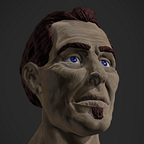Over the past several articles, we have seen how powerful Cinemachine virtual cameras are. Now it’s time to pair them up with Unity’s Timeline editor and Virtual Director, to unleash true cinematic power.
Timeline is a non-linear editor, that gives you control over cameras, animations, music, sound FX and more. View the Timeline editor by navigating to…
